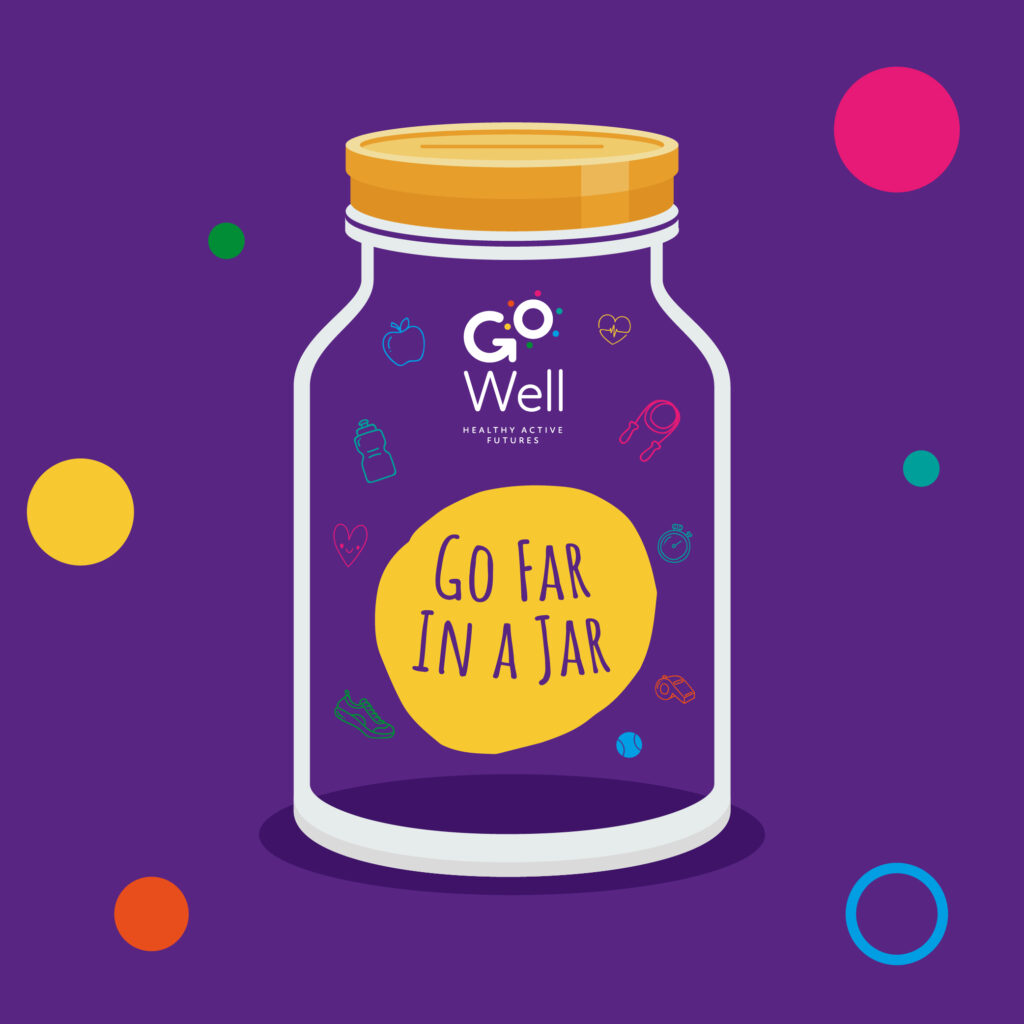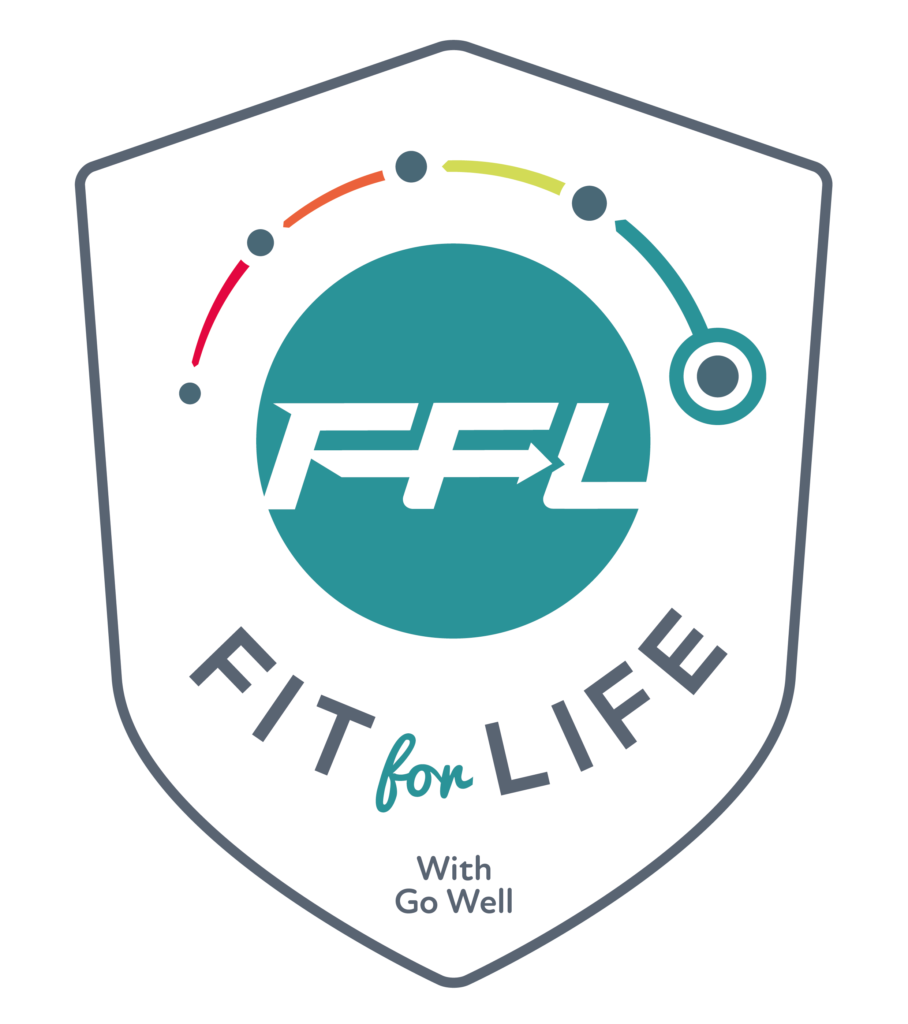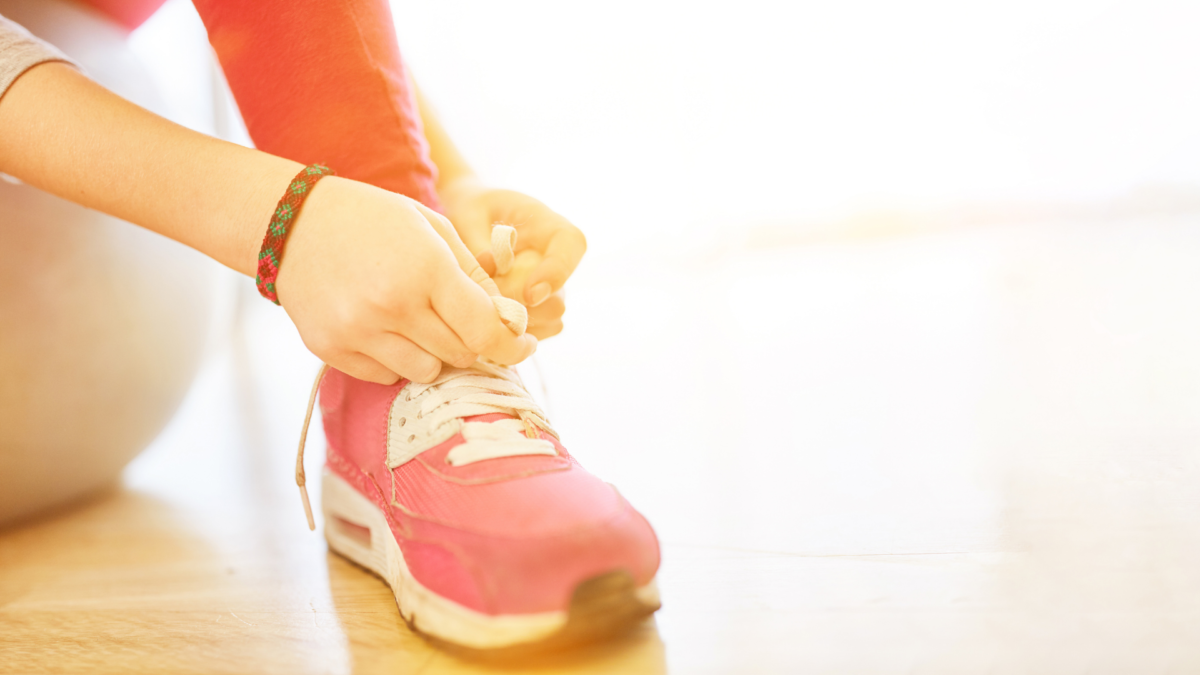The Chief Medical Officers’ recommendation is that children should take part in an average of 60 minutes of moderate to vigorous activity each day. In normal circumstances a lot of this may be provided by opportunities within a normal school day, for example walking to and from school, playtimes, PE lessons and after school clubs. With children at home and parents supporting their learning, how can physical activity be integrated into the new ‘school day’?
Here are a few tips:
1. Start the day with some activity
Get the day off to a good start with some physical activity! Perhaps make it part of your morning routine. Being active releases lovely feel good chemicals that boost mood and can help to start your day in a positive mindset. Activities you could do include:
- A workout – you could try our FFL Workout of the Week
- A dance – to your favourite music or using a resource like Just Dance
- A ‘follow me’ style video like Joe Wicks or Jumpstart Jonny
Our advice is to keep things varied and vibrant so perhaps do a different activity each morning. Why not join in with your children and boost your brain chemicals too?
2. Plan an outside physical activity into your day
Getting outside in the sunlight is so important for general well-being. Outdoor play would be normal at lunchtime within the school day. Perhaps plan an activity in to the middle of the day to break the day up a bit, have a change of scene and recharge your batteries. Activities you could do include:
- Going out for a walk
- Going for a jog/run
- Going on a bike ride/scooter Ride
3. Have short brain breaks throughout the day
Being active releases chemicals in the brain that increase concentration and alertness! So whenever you feel a dip in your child’s motivation or concentration or they are finding a task particularly difficult, try a quick active brain break. Then return to the work and notice the difference! Visit Active 30 Durham Hub for some ideas for brain breaks.
4. Record and reward time spent being active
It can be motivating to record activity, see progress being made and be rewarded along the way. Perhaps create a reward chart where children can colour in the number of minutes they are active within the day. You can create goals and targets depending on your child’s starting point when it comes to activity. Some examples could be:
Completing 60 minutes on X number of days in the week.
Completing X number of minutes on a certain day or number of days
Completing 60 minutes for a streak of X days
What rewards can you give your children for completing their goal? Perhaps your child can think of some too!
To be effective for health benefits and to truly meet the CMO guidelines the activity levels should be moderate to vigorous. Our blog about what this is and how to measure it may be helpful.
5. Integrate movement with learning
If you can integrate movement with learning then you can kill two birds with one stone! We are slightly biased but we would argue that this can be more fun and engaging for some children. Active learning is something that is now very common in schools. Some ideas you could try:
- Relay style games to collect answers or objects to then sort.
- Treasure Hunts with questions or puzzles as clues or number/shape hunts in the house or outside.
- Using your body to give answers e.g. squat for true, lunge for false, create letters or shapes with your body.
- Target games with answers to hit or knock off or throwing a specific number to a target.
We hope you find these top tips helpful. We know juggling everything is challenging right now and we feel physical activity can be especially helpful to relieve stress, improve concentration and improve mood. It can be incorporated little and often into your day or in bigger chunks; whatever suits you best. I n Lockdown 1 children’s physical activity levels dropped significantly and we would like to support parents and schools to keep children moving in Lockdown 3. We have created some free to access resources that may be helpful:

Physical activity and wellness activties.

A Weekly challenge fusing physical activity and creativity.

Workout of the Week

Mental Wellbeing Activities
You can access them here – Lockdown 3 Resources
Further reading/resources that may be helpful:
Why moderate to vigorous intensity exercise is important for children and how to measure it.
5 ideas for schools to support children to be active at home



